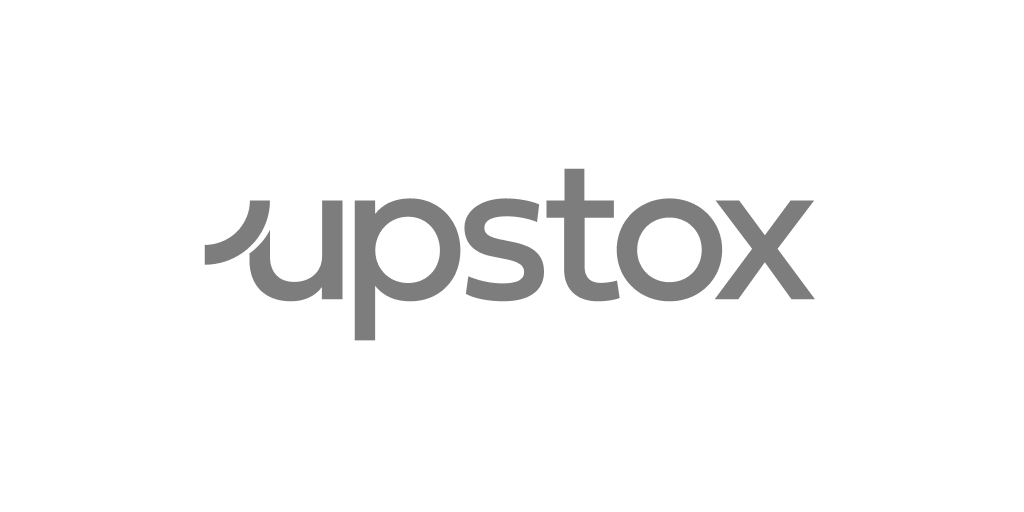For centuries, stock exchanges were physical locations, where securities were traded using what was called the open outcry method - where buyers and sellers would shout in the middle of the crowd to trade with each other.
Clearly, such a model could never have scaled to the level we see today - where millions of traders engage in transacting securities, even internationally. Which is why we have the NASDAQ to thank. The NASDAQ was set up in 1971 as the world’s first electronic stock market. Now, nearly 5 decades later, the entire planet runs stock exchanges electronically.
Key Points
- The birth of electronic stock markets gave rise to the need for a trading account so that traders could participate in the stock markets.
- Identify if you have extra money that you can use to trade i.e. purchase and sell securities in the stock markets. Then, you can open a trading account with the broker of your choice.
- A trading account can be opened online by uploading required documents and even by the traditional method of sending a physical packet via courier.
The NASDAQ was set up in 1971 as the world’s first electronic stock market.
Since all trading is now digital, there exists a requirement now for having a demat account and a trading account if you want to trade online. Having your own trading account eliminates the need for a broker official placing your trades for you, and also saves money which would have otherwise gone as commission fees to the broker. A trading account with an online broker has significantly lower fees. It also makes your transactions much faster as no intermediaries are involved.
But how do you get started?
How to open a trading account
A primary prerequisite to open a trading account is to know whether or not you have surplus cash to invest in the market. Don't invest all your money. Even if you happen to have surplus cash to purchase securities in the stock markets, ensure that you’ve accounted for any unexpected expenses first. Remember, a smart investor always keeps enough money on hand or in the bank account that will help in case of an emergency.
At the same time, don’t be worried. It takes about two working days after you place a trade (i.e. T+2 days in traders’ language) for the exchange to process the settlement of funds and securities.
Next, you need to analyze what your investment type is going to be? Are you more into day trading or long-term investments? This will help you choose the platform you want to invest through. We offer zero brokerage on delivery trades and as low as Rs. 20 on intraday trades.
Steps to open a trading account
The next step is to open a trading account with your brokerage firm.
Today, brokers seamlessly combine both demat and trading account processes and provide an integrated registration procedure. They allow for both kinds of trading account registrations - the traditional paper-based setup, and the Aadhaar based eKYC online trading account opening.
Aadhaar-based e-KYC method
The physical form-filling era is now behind us. We offer a far simpler, and faster method to open your trading account - the Aadhaar based paperless registration.
This method uses your Aadhaar card details to complete your registration process online, as long as you have a valid mobile number linked to your Aadhaar card.
Remember to keep scanned copies of your personal documents (PAN Card, Aadhaar card, and a cancelled cheque) on your device. You will be required to upload them during the registration process after you’ve progressed past the Aadhaar linking step.
Traditional Paper Registration
This method is similar to the demat account registration method.
- Decide and pick the accounts you’d like to open (Equity, F&O, and Currency or all). The documents will include both the account opening forms and the KYC forms.
- Print out these forms, and fill in the required fields.
- You’ll also need 2 passport-size, self-attested photographs to affix in these forms.
- Sign at the required places on the form, and attach your self-attested personal documents (PAN card, ID proof, and address proof).
- Attach a cancelled cheque to link your bank account.
Once completed, send the forms along with your personal documents to the address mentioned here:
Upstox/RKSV Securities India Private Limited,
Salasar Business Park, Off 150 Feet Flyover Road,
Bhayandar West, Thane -401101, Maharashtra
Trading account charges
There are three primary charges that brokers levy on trading accounts - the trading account opening fees, the annual maintenance fee, and transaction fees.
- Trading Account Opening Charges: This is the amount your brokerage firm will charge you when you wish to open your trading account.
- Annual Maintenance fee: This fee is primarily levied yearly (in advance) to keep your account working and ensure consistent service delivery. Many broking firms seek to simplify this process by clubbing it with demat account fees.
- Transaction fee: Brokerage firms usually charge you based on the number of transactions that you conduct- either based on the value or on the number of stocks you trade. As the numbers go up, so does the transaction fee. Upstox’s transaction fee i.e. brokerage fee is as low as 0.00325%, as can be seen from its detailed transaction charges guide here.
Trading account opening form
Depending on your preferred method of registration, you can either open one instantly using the online trading account opening or download the pdf of trading account opening form.
Wrapping Up
- Many brokers offer the facility to open a demat account and a trading account with them. You can explore their services and find out which ones suit you.
- You can choose the traditional method of opening a trading account i.e. to send a physical form along with other documents.
- If your Aadhaar card is linked to your phone number you can rely on the fast paperless account opening process which applies for a trading account as well.
